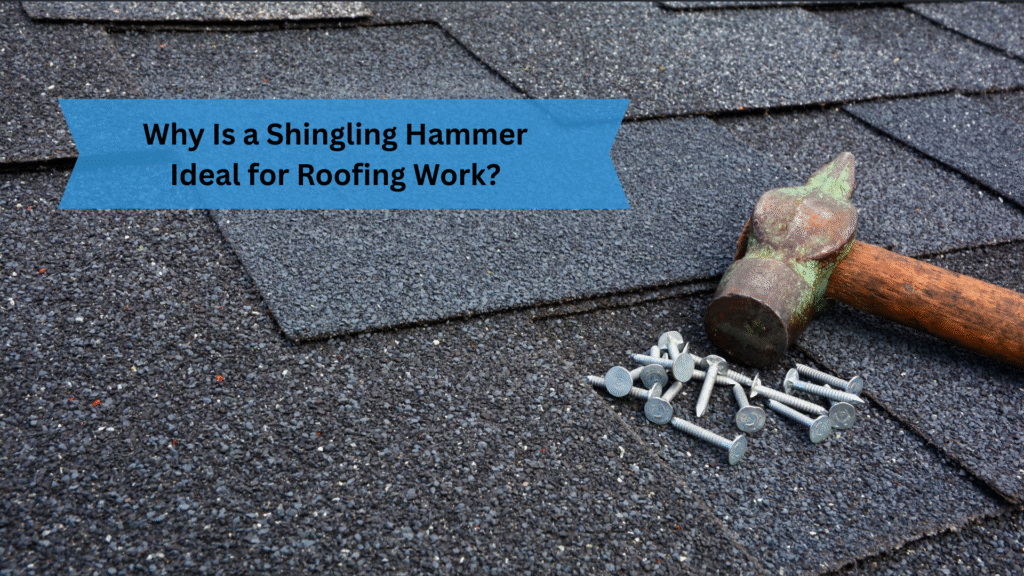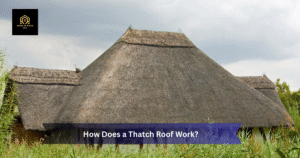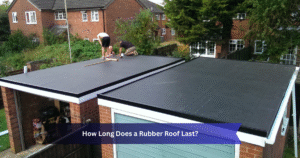When it comes to roofing, precision and efficiency are critical. One tool that stands out as a favorite among roofing professionals is the shingling hammer—a specialized tool designed for installing, aligning, and trimming shingles with speed and accuracy. Shingle hammers are a vital component of any roofer’s arsenal because they combine several uses into one, unlike regular hammers.
What Is a Shingling Hammer?
A shingling hammer (also called a roofing hatchet) is a multi-purpose tool specifically designed for shingle installation. It typically includes:
- A hammerhead for driving nails.
- A hatchet blade for cutting shingles.
- A gauge for consistent shingle spacing.
- A magnetic nail holder in some models for one-handed nailing.
This design streamlines the roofing process, reducing the number of tools needed on-site and improving work speed.
Why Roofers Prefer Shingling Hammers Over Regular Hammers
1. Precision in Shingle Placement
The built-in gauge ensures every shingle is aligned perfectly, maintaining consistent rows and a professional look. This is especially important for asphalt, cedar, and slate shingles, where even small misalignments can lead to leaks or aesthetic issues.
2. Faster Workflow
Instead of switching between a cutting tool and a hammer, roofers can do both with a single shingling hammer. This speeds up installation and minimizes downtime.
3. Durability and Strength
Most shingling hammers are made from high-carbon steel or forged steel, ensuring they withstand repeated impacts without wearing down.
4. Versatility
From cutting asphalt shingles to trimming cedar shakes and driving nails into roofing felt, the shingling hammer handles multiple tasks effortlessly.
How the Shingling Hammer Improves Roofing Quality
Consistent Nail Placement
Improper nail placement can cause shingles to loosen over time. The shingling hammer’s design helps roofers place nails exactly where they’re needed, increasing the roof’s wind resistance and longevity.
Reduced Material Waste
The built-in blade allows for precise cuts, minimizing shingle waste and saving costs over large projects.
Enhanced Safety
Fewer tools mean fewer opportunities for accidents caused by carrying and switching between different tools at heights.
Types of Shingling Hammers
| Type | Key Features | Best For |
| Traditional Roofing Hatchet | Hatchet blade, nail puller, gauge | Cedar & asphalt shingle work |
| Magnetic Roofing Hatchet | Magnetic nail holder for one-handed use | Steep roofs & precision work |
| Adjustable Gauge Hatchet | Customizable shingle spacing | Complex roof designs |
How to Use a Shingling Hammer Properly
- Measure and Align – Use the built-in gauge to align the shingle with the previous row.
- Cut the Shingle – Swing the hatchet blade to trim shingles to the correct size.
- Drive the Nails – Position nails at the correct points and drive them in with a firm strike.
- Check Spacing – Ensure each row maintains consistent spacing for a clean finish.
Real-World Example: Shingling Hammers in Professional Roofing
Many roofing contractors report that switching to a shingling hammer from a standard hammer cuts installation time by up to 30%. On large-scale projects, this efficiency can save hundreds of labor hours, making it a profitable choice for contractors and DIY homeowners alike.
Shingling Hammer vs. Nail Gun – Which Is Better?
While nail guns are faster for large jobs, the shingling hammer offers:
- More control over nail placement.
- No need for compressors or electricity.
- Better precision for small or intricate roofing areas.
Most professional roofers use both tools, depending on the project’s complexity and scale.
Cost and Maintenance of a Shingling Hammer
- Average Cost: $25–$60 for high-quality models.
- Maintenance Tips: Keep the blade sharp, oil the hammer to prevent rust, and store it in a dry place.
A well-maintained shingling hammer can last decades, making it a smart long-term investment.
Conclusion
A shingling hammer is more than just a hammer—it’s a time-saving, precision-enhancing, and cost-efficient tool that’s ideal for roofing work. Its multifunctional design allows roofers to cut, align, and nail shingles with ease, reducing project time and increasing quality.
For anyone serious about roofing—whether it’s a small repair or a complete re-roof—a shingling hammer is a must-have in the toolbox. And for more expert roofing advice, tutorials, and construction insights, check out Made to Build USA for trusted, professional guidance.
FAQS:
Is a shingling hammer worth it for DIY roofing?
Yes. It combines multiple tools into one, making DIY projects faster, easier, and more precise.
Can a shingling hammer cut metal shingles?
No, it’s best suited for asphalt, cedar, and slate. Use metal shears for metal roofing.
How long does a shingling hammer last?
With proper care, it can last over 20 years, even with regular use.






